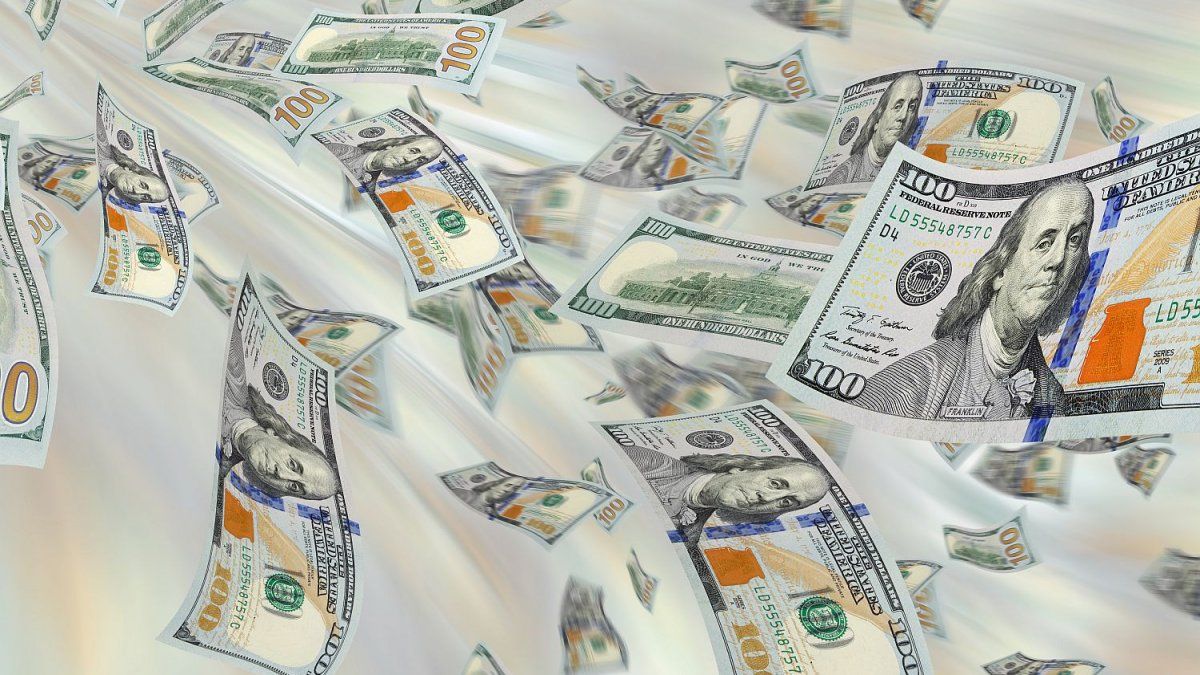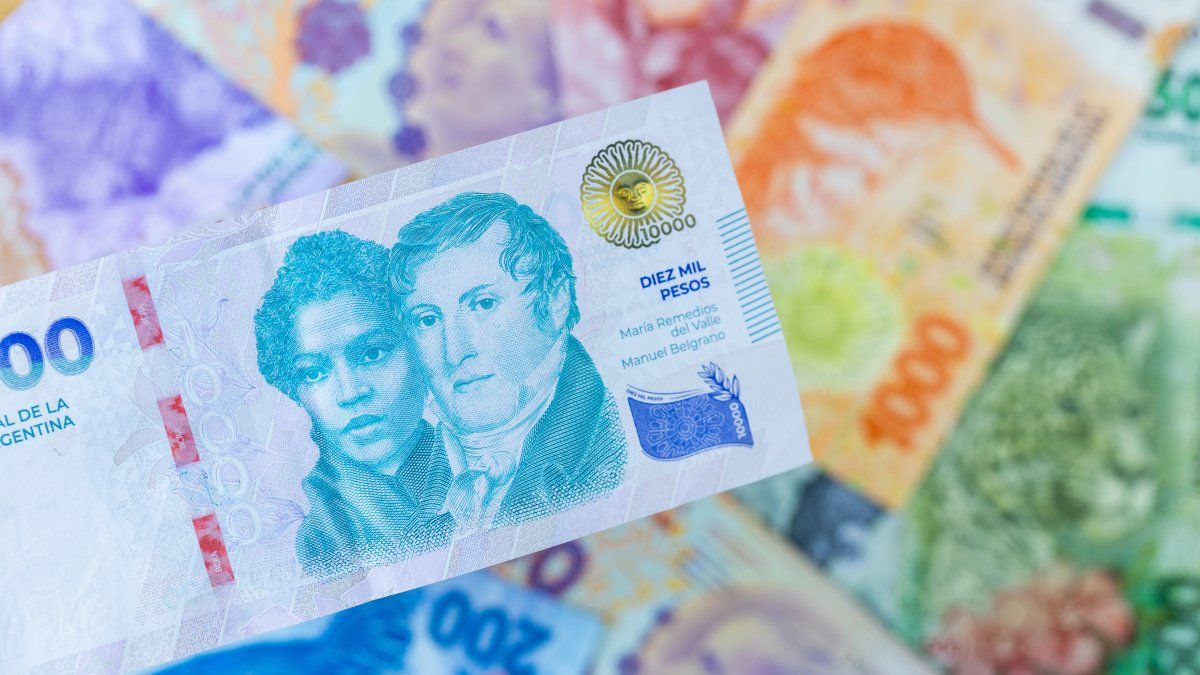Stock exchange rates are overheating amid the dollarization of portfolios and the fall in demand for pesos.
MEP dollar and CCL overheated: what are the causes behind this strong rebound
Depositphotos
While The Cash With Settlement dollar (CCL) exceeds $1,100 and closes the week with the largest increase in almost three months, the MEP set a new historical nominal record. Stock exchange rates They overheat amid the dollarization of portfolios and the fall in demand for pesos.
The content you want to access is exclusive to subscribers.
In this way, the CCL is located at $1,120.22 while the MEP operates at $1,082.84., and the gaps widen sharply to 37% and 31%, respectively. It should be noted that since he joined Javier Milei and the exchange rate jump of 118% of the official dollar occurred They reached minimums of less than 10%. Thus, all parallel exchange rates (including the blue dollar) exceed the $1,000 barrier.


consulted by Ambitthe Economist Joel Lupieri explained the causes behind this sudden rebound: “Partly it is because the negative rates that the economy is showing, as well as the extension of the terms for the UVA Fixed Terms. They are triggers for the rise of dollars. Investors who have pesos and that they are not willing to accept the liquidation, nor leave their funds deposited for 180 days, They are turning to the active purchase of currencies. This strategy, the most conservative, has given good results at other times in Argentine history.”
In this regard, it is important that The Central Bank (BCRA) decided on December 18 to lower the Annual Nominal Rate (TNA) of the traditional fixed term to 110% (from 133%); measure that implied that the monthly performance of these instruments will remain negative compared to the inflation expectation, which would be 30% in December. In turn, the UVA fixed terms, which do provide coverage against inflation, were extended to 180 days as the minimum term.
For his part, the economist Federico Glustein contributed his vision: “The first thing that is observed is that there is a drop in seasonal demand for pesos which brings with it, for different reasons, an increase in the demand for foreign currency, either due to tourism, foreign trade or hoarding, since in part, the channeling of exports via CCL of the rest is observed. Added to this, The devaluation of December is liquefied with the escalation of inflation, so part of the surplus pesos of December go towards dollarization.”.
Financial dollars rise: are savers cornered?
For the economist Gustavo Berfinancial dollars are rearranged, which means that the gap is already 30%, “in the face of a greater search for coverage by investors who cannot find alternatives to defend themselves against the sharp loss of purchasing power.”
In his analysis he also highlights that real rates are very negative, to which is added accelerated inflation and a crawling-peg of only 2%. “All this is a combo that leaves savers cornered, and the expectation also grows that if it were extended it would lead over time to a further widening of the gap“, he analyzed.
There are many analyzes by private consulting firms that maintain that The devaluation of the official dollar at 2% per month is unsustainable in a context of high inflation and that the fiscal anchor would be insufficient, so either The pace of the crawling peg would have to be accelerated or the official exchange rate would have to jump again. The truth is that the futures market already validates an increase in the official exchange rate for the summer and even more so in March.
Source: Ambito
I am a 24-year-old writer and journalist who has been working in the news industry for the past two years. I write primarily about market news, so if you’re looking for insights into what’s going on in the stock market or economic indicators, you’ve come to the right place. I also dabble in writing articles on lifestyle trends and pop culture news.




